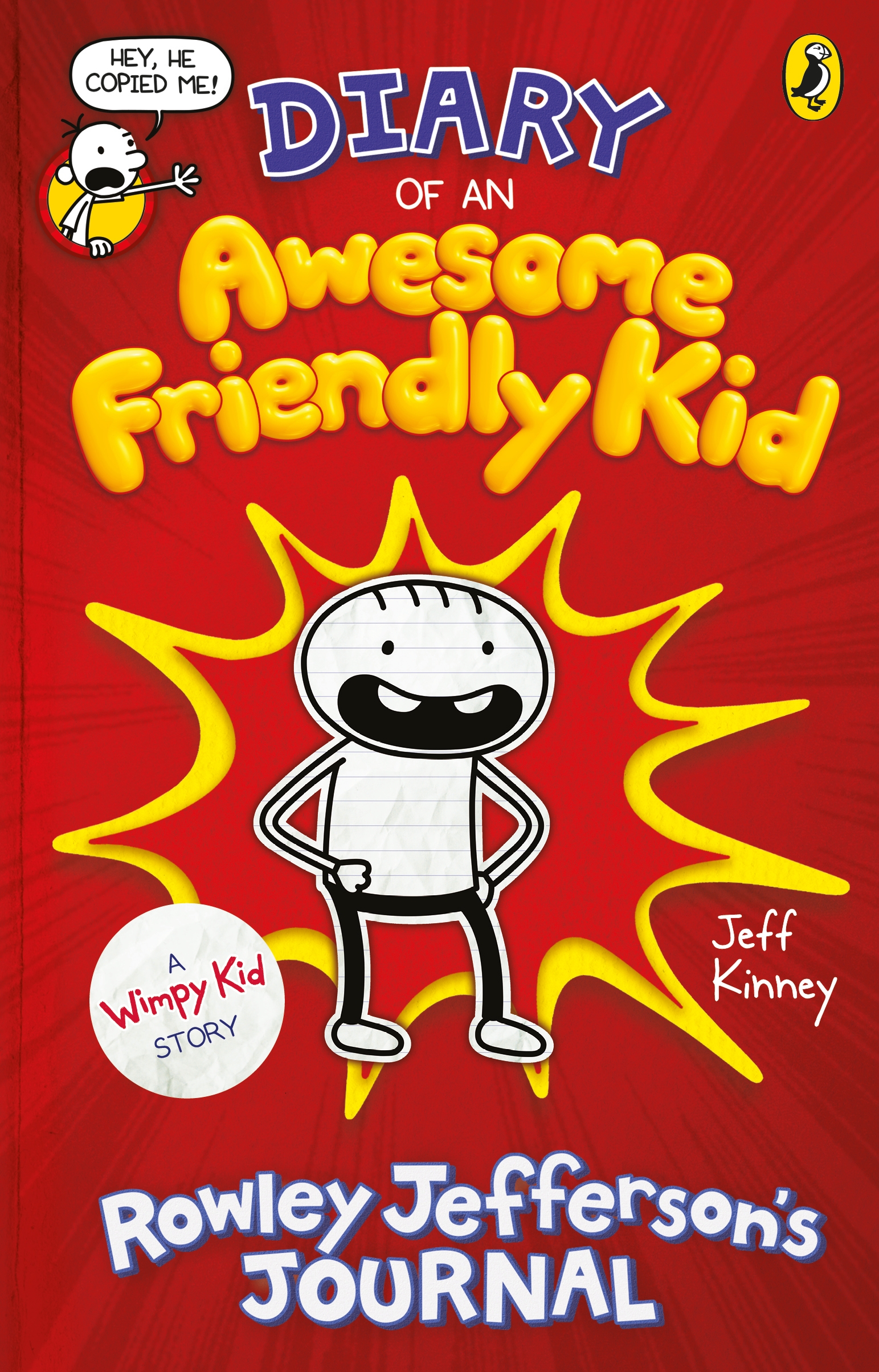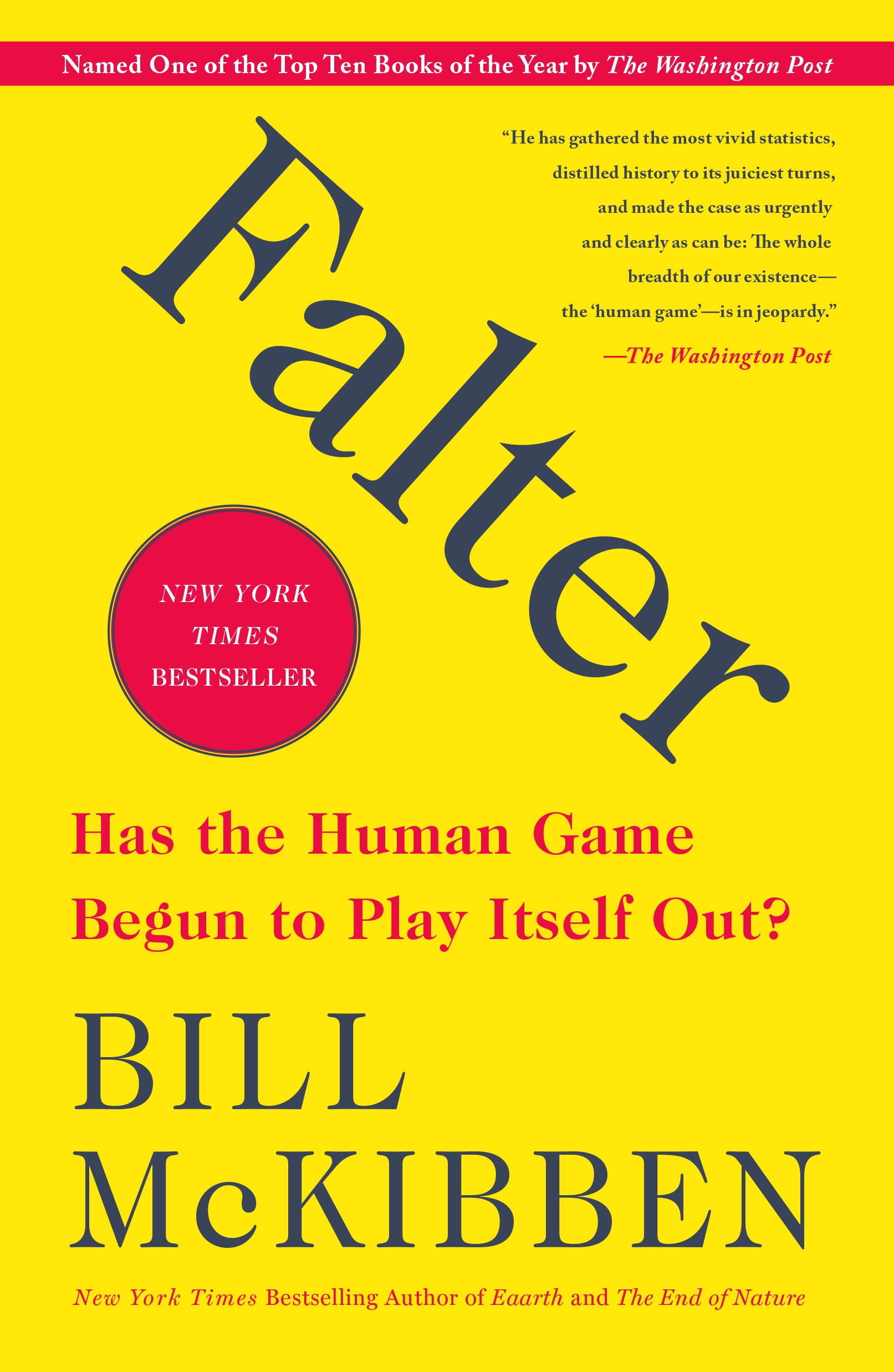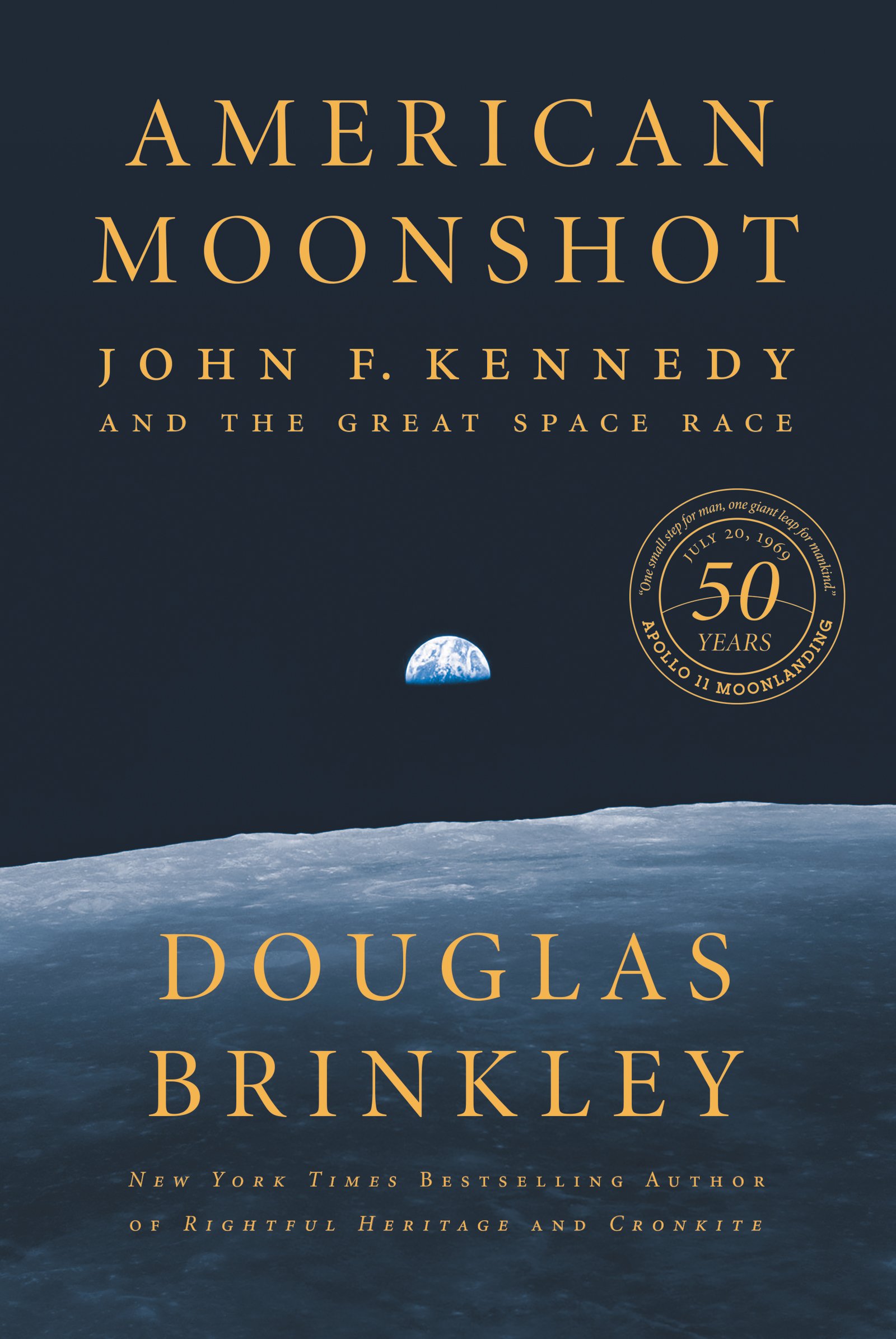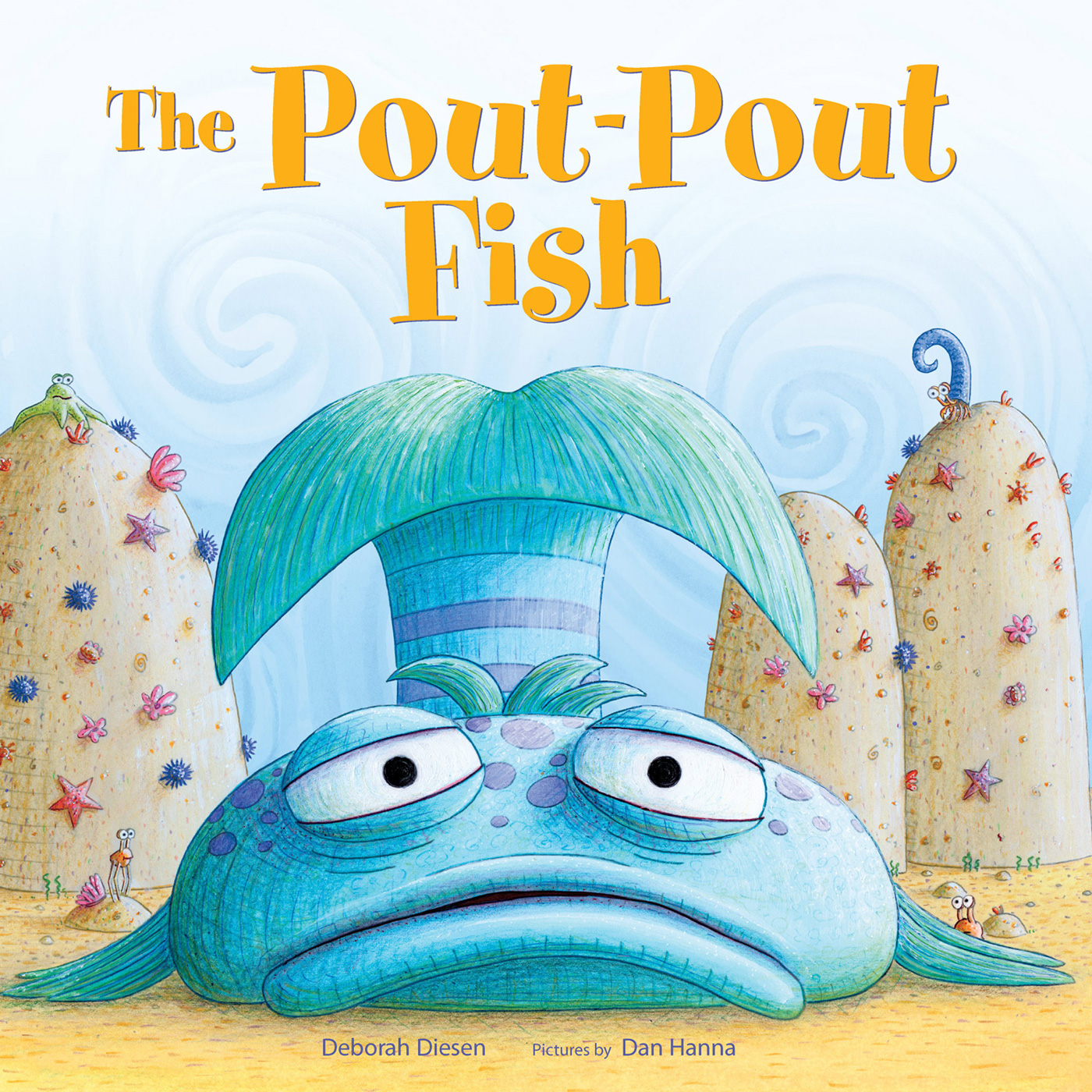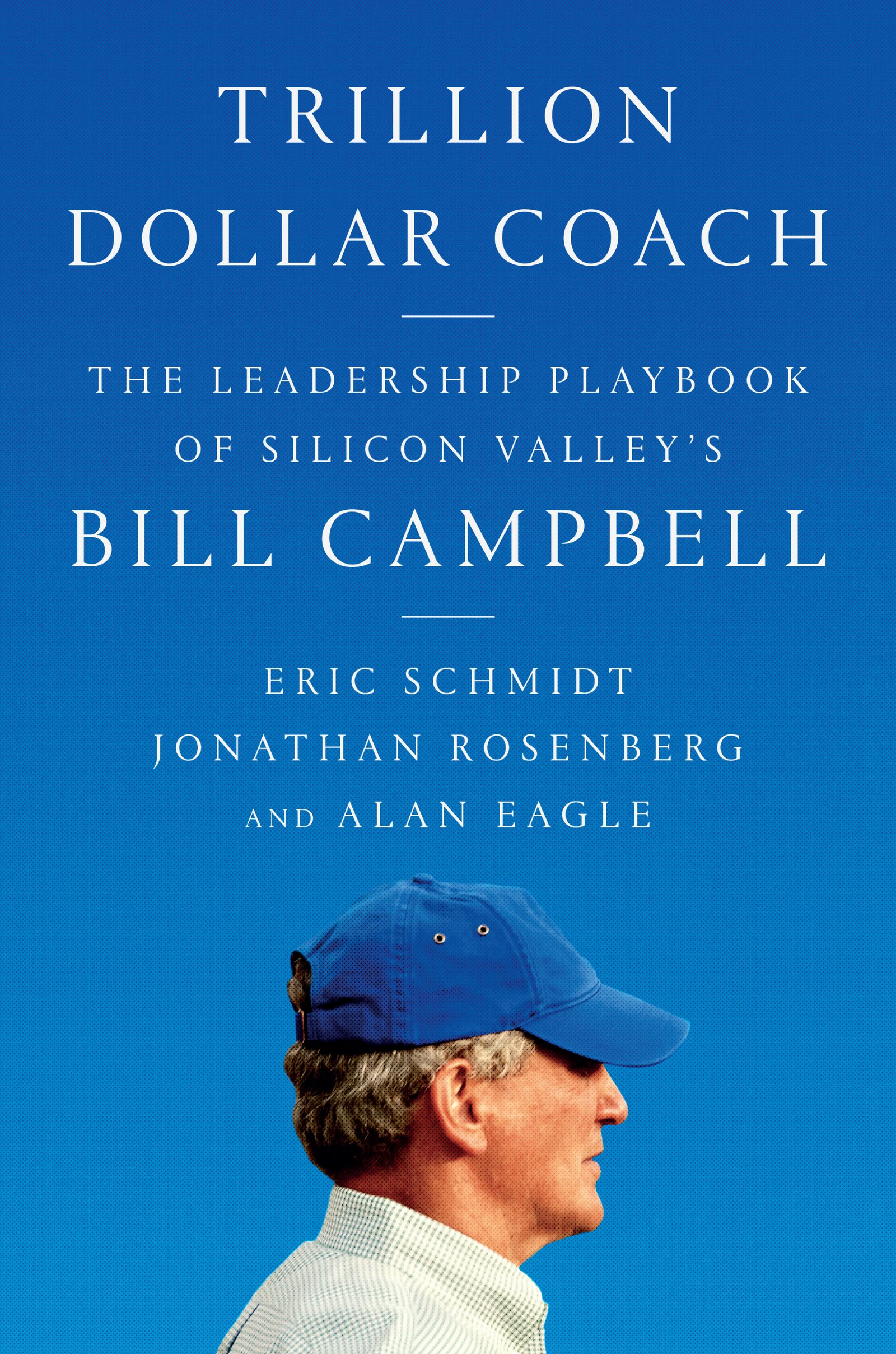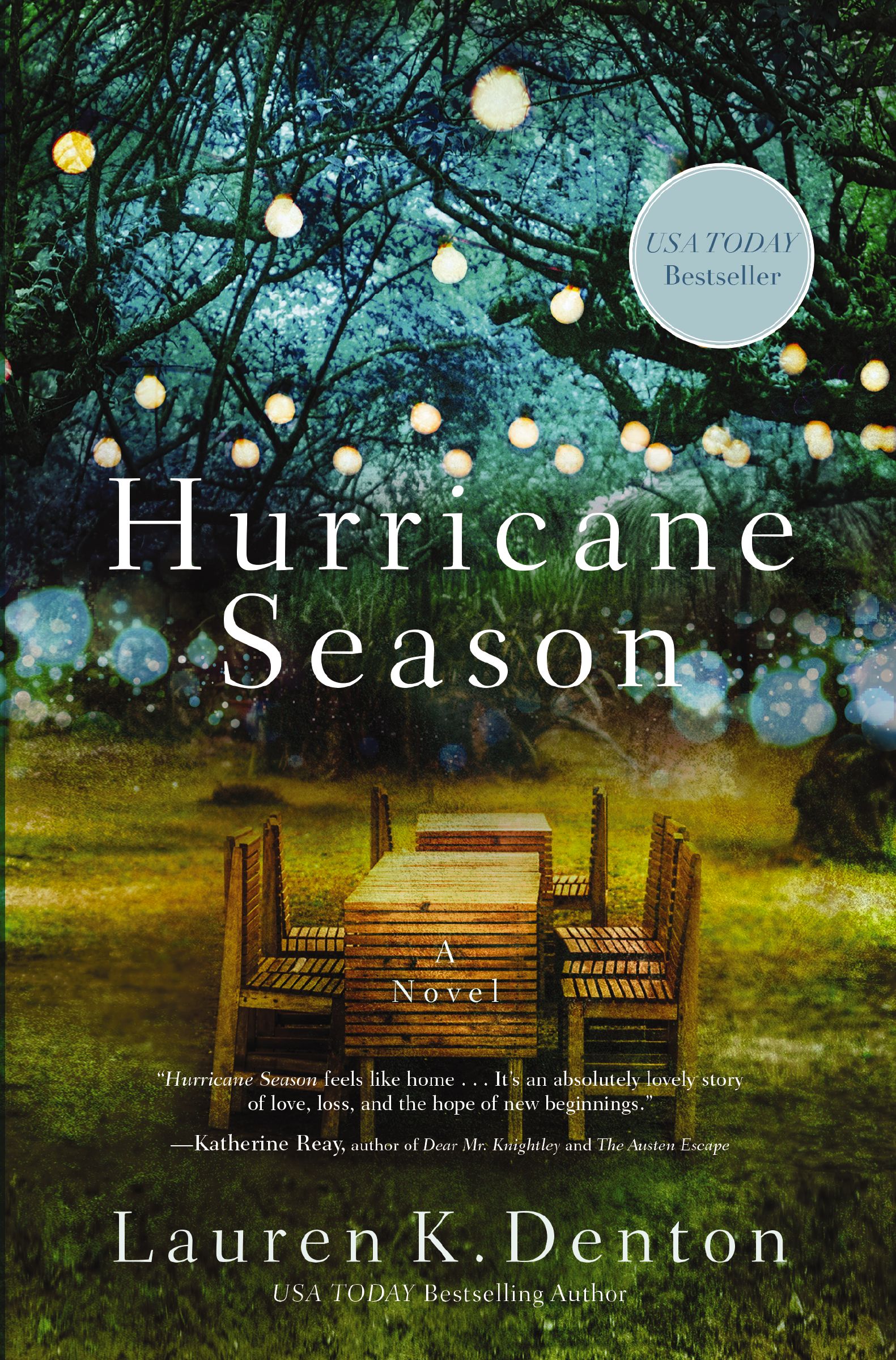Fade In, Crossroads
by Robert Jackson
2021-01-06 19:31:49
Fade In, Crossroads is a history of the relations between southerners and motion pictures from the silent era to midcentury. Examining the ways in which the South contributed to the development of the film medium from the late nineteenth century thro...
Read more
Fade In, Crossroads is a history of the relations between southerners and motion pictures from the silent era to midcentury. Examining the ways in which the South contributed to the development of the film medium from the late nineteenth century through the golden age of Hollywood, the booksheds light on early production centers of the South such as Jacksonville, Florida and Asheville, North Carolina. It also explores the effects of the migration of millions of black and white southerners beyond the region to such destinations as Los Angeles. Fade In, Crossroads tells the story of howthe rise and fall of the American film industry coincided with the rise and fall of the South''s most important modern product and export: Jim Crow segregation.In eight chapters, the book details varied encounters of southern literary figures with film as viewers, screenwriters, critics, and occasionally, filmmakers themselves. Fade In, Crossroads, takes a crucial look at Southern historical legacies on film: the prolific Civil War film tradition thenotorious tradition of lynching films during an era of widespread lynching in the South; and the remarkable race film industry, whose independent African American filmmakers forged an important cinematic tradition in response to the racial limitations of both the South and Hollywood. In its succinctconclusion, Fade In, Crossroads maps the influence of film on future participants in the Civil Rights Movement, such as Martin Luther King, Benjamin Mays, Thurgood Marshall, Katharine Du Pre Lumpkin, James Baldwin, and film-industry veterans like Lena Horne and Paul Robeson.
Less





